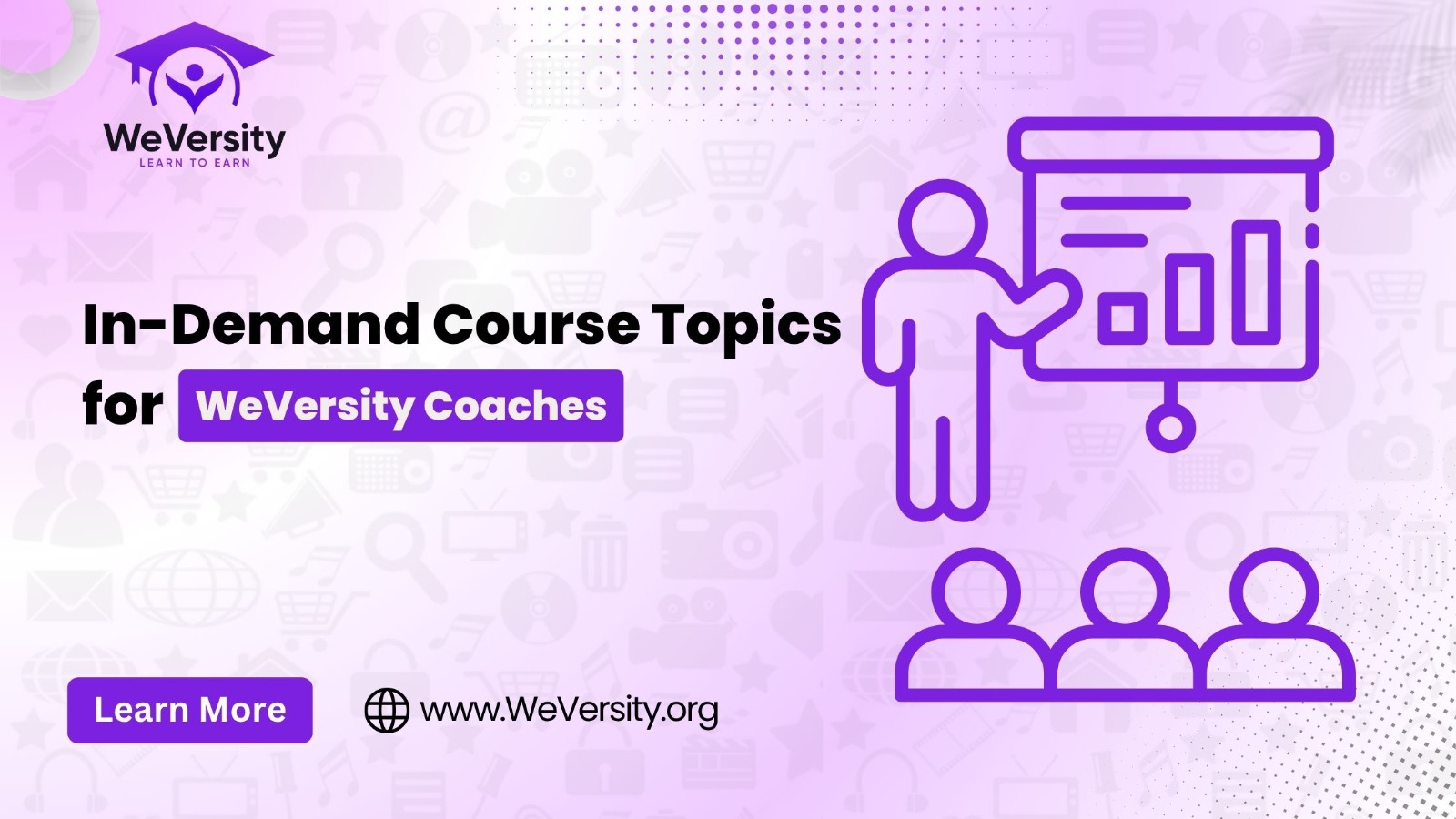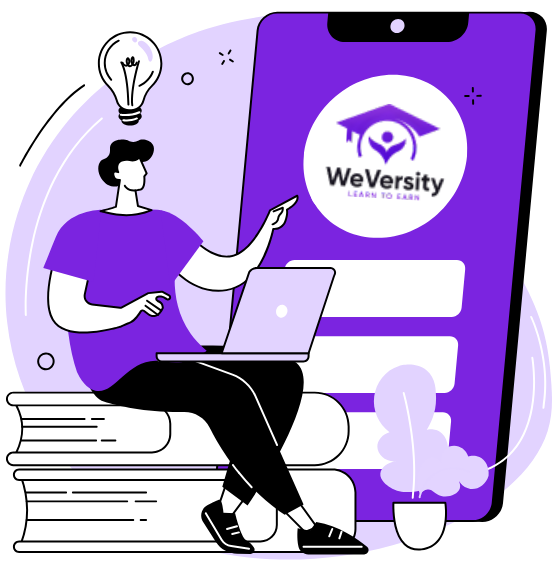In every community, the promise of education stands as a beacon of hope. It’s the foundation of opportunity, innovation, and social progress. But what happens when this promise is broken? When the education system fails to reach, inspire, or equip students for the future, who fills the gap?
The answer lies with the resilience and innovation of non-profits, organizations that refuse to let lost potential stay lost. Across the globe, non-profits are stepping into the cracks left by broken education systems, restoring learning where it was lost and igniting hope where it had faded.
The Cracks in the Education System
While education is widely recognized as a human right, access to quality learning is far from universal. Millions of children around the world still lack basic reading and math skills. In underserved regions, education is underfunded, overcrowded, outdated, or even inaccessible. For many, going to school doesn’t guarantee they’ll actually learn.
Even in more developed countries, education systems struggle with inequality, rigid curricula, lack of mental health support, and disengaged students. These issues lead to high dropout rates, low literacy, poor job readiness, and a sense of failure among young learners.
The consequences of failed education are staggering and include:
- Lost potential in millions of youth
- Cycles of poverty that repeat through generations
- Unemployment and underemployment in growing economies
- Social instability caused by a lack of skills and opportunities
And yet, this is not the end of the story.
When Non-Profits Step In
This is where non-profits shine. With missions rooted in community upliftment and educational equity, non-profits are often the first to respond when formal education systems fall short.
Their work isn’t just about filling gaps, it’s about reimagining learning entirely. From rural villages to urban slums, refugee camps to inner-city neighborhoods, non-profits provide access to learning through innovative, flexible, and deeply human-centered approaches.
1. Non-Profits Provide Access Where Schools Can’t
Many children live in places where schools either don’t exist or aren’t safe to attend. In conflict zones, disaster areas, and deeply impoverished communities, non-profits bring mobile classrooms, radio-based learning, and online modules to kids who would otherwise go without education.
Organizations like the Malala Fund, Save the Children, and Room to Read are known for reaching these children and providing consistent, reliable learning environments where governments cannot.
2. Non-Profits Focus on Foundational Skills
One of the most significant failures in education is the inability to teach foundational skills. Non-profits step in with intensive reading, writing, and numeracy programs, often using local languages, games, and community volunteers to make learning more engaging and effective.
Programs like Pratham’s “Teaching at the Right Level” have helped millions of children across India get back on track academically…
3. Non-Profits Innovate Where Bureaucracy Stalls
Traditional education systems are often bogged down by politics and outdated policies. In contrast, non-profits can adapt quickly. They create apps, e-learning platforms, hands-on workshops, mentorship circles, and gamified tools to engage students on their terms.
From AI-based learning tools to peer education models, non-profits are pushing the boundaries of what education looks like and making it more accessible, exciting, and impactful.
4. Non-Profits Address the Whole Child
Unlike rigid academic systems, non-profits often embrace a holistic view of education. They provide mental health support, nutritional meals, life skills training, and mentorship programs. They understand that children can’t learn if they’re hungry, scared, or unheard.
In this way, non-profits don’t just educate, they empower.
Case Studies: Restoring Lost Potential
Bridge International Academies – Africa
In Kenya, Nigeria, and Uganda, Bridge Academies use low-cost tablets and trained local teachers to deliver high-quality education to children in poverty-stricken areas. They’ve helped thousands of students who were previously out of school or significantly behind in learning.
Skateistan – Afghanistan & Cambodia
This non-profit blends skateboarding with education, engaging youth through sports and then teaching them literacy, leadership, and life skills. Many of their students are street children or from marginalized communities where access to education is limited.
Weversity.org – Global Digital Learning
Weversity.org is a digital non-profit platform offering education in practical, career-building skills like digital marketing, web development, and freelancing. It targets students who’ve dropped out of traditional schooling but still want to learn and grow. With free courses and certifications, Weversity.org gives people a second chance at success.
Why Education Fails – And What We Learn From It
Understanding why education fails is crucial. Sometimes the reason is logistical: no schools, no teachers, no supplies. Other times, it’s systemic: outdated curricula, teacher shortages, or a one-size-fits-all mentality that ignores the individual needs of students.
But the biggest lesson might be this: education fails when it loses sight of the learner.
Non-profits remind us that learning is not about rigid schedules or standardized tests. It’s about curiosity, confidence, creativity, and connection. They teach us that education can be community-driven, child-centered, and culturally responsive.
And most importantly, they show that lost potential is never truly lost. It just needs the right conditions to grow again.
The Future of Education: A Shared Responsibility
If we want to build a future where every child learns, grows, and thrives, we must rethink how education is delivered and who delivers it. Governments, schools, communities, and non-profits must work together, not in competition, but in collaboration.
Non-profits have already proven they can be powerful partners in driving inclusive, transformative education. Now it’s time to scale those efforts, share resources, and reshape policies that embrace flexibility, innovation, and equity.
Final Thoughts
Every time education fails a child, we risk losing more than just academic success. We risk losing creativity, potential, and hope.
But thanks to non-profits, the story doesn’t end there. With compassion, innovation, and dedication, they are helping children reclaim their futures, one lesson at a time.
Let us support and celebrate these organizations, and commit ourselves to a world where no potential is ever truly lost.
Follow WeVersity.org for Tips That Actually Teach!




